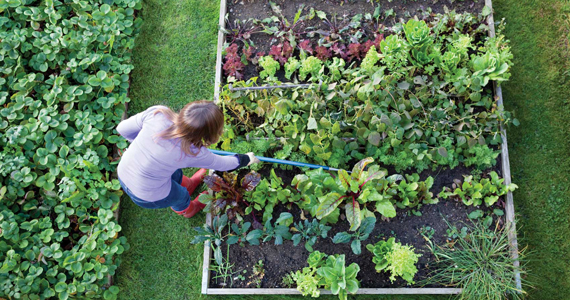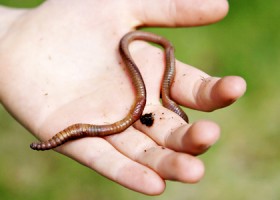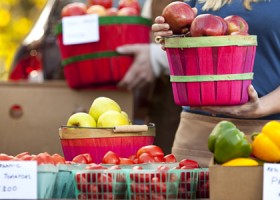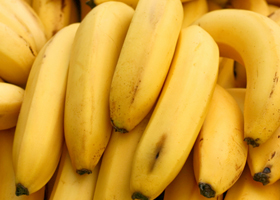
Growing from seed
Author | Arabella Forge
Almost all fruits and vegetables can be grown straight from the seed, and they’ll add another dimension of creativity to your backyard vegie patch.
You can grow plants from seed either by sowing them directly into the ground or by planting them in punnets in a greenhouse. Direct sowing works best for plants that don’t mind cooler temperatures, such as root vegetables. Punnets are required for seeds that need warmer temperatures to germinate. Because they are small and shallow, punnets tend to warm up faster than the ground, while the greenhouse provides a protective environment free of wind, birds and dryness.
A mini-greenhouse is a good guarantee that your seeds will grow: it provides the most nurturing environment possible. At large hardware stores you can buy metre-wide greenhouses with three or five shelves for less than fifty dollars. If you don’t have the money or space for one of these, you can plant your seeds in recycled polystyrene boxes, which will insulate them from the heat. However if you grow your vegies in punnets, try to keep them in a warm, protected area.
Some easy seeds to sow
PUMPKIN | You can use the seeds from any store-bought organic pumpkin. They germinate easily, except during heavy frosts.
TOMATOES | Seeds from any organic variety of tomato will work. Sow your seeds in punnets six to eight weeks before you intend to plant them in your garden.
MELONS | You can use seeds from home-grown or organic store-bought melons. Melon seeds need lots of heat to germinate. They sprout easily in punnets or in warm, well-composted soil.
GARLIC | Replant unused garlic cloves, pointy-end up, about 7 centimetres deep in well-composted soil. They do not require punnets and can be sown in autumn.
ONIONS | Onions can be sown directly into the garden, but it is generally easier to sow them in punnets. Most onion varieties can be sown at any time of the year.
POTATOES | Old, saggy potatoes can be transformed into new potatoes by planting them in your garden bed. Each planted potato should yield 10 new potatoes. Plant them in spring, about 10cm deep, with plenty of fresh manure. They will take about 120 days to produce a new crop. All parts of the potato plant are poisonous except for the tubers (the part we eat), which should have a green tinge.
What to plant when
Choose vegetables and plants according to your local climate and soil conditions. Here is a general guide to what to plant when:
SUMMER (December through February): tomato, eggplant, capsicum, melons, cucumber.
AUTUMN (March through May): silverbeet, greens, beetroot, garlic, celery, broad beans.
WINTER (June through August): potatoes, broccoli, cabbage, broad beans, leek.
SPRING (September through November): climbing beans, peas, zucchini, lettuce, spring onions, pumpkin.
This information is kindly provided by Arabella Forge from her book Frugavore: How to grow your own, buy local, waste nothing and eat well.





